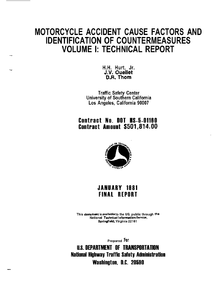|
Report
 A report is a document or a statement that presents information in an organized format for a specific audience and purpose. Although summaries of reports may be delivered orally, complete reports are usually given in the form of written documents.[1][2] Typically reports relay information that was found or observed.[2] The credible report enhances the previous beliefs while dishonest information can question the agency preparing the report.[3] Reports from IPCC as IPCC reports, World Health Report and Global Gender Gap Report from World Economic Forums are few examples of reports highlighting important worldly affairs. UsageIn modern business scenario, reports play a major role in the progress of business. Reports are the backbone to the thinking process of the establishment and they are responsible, to a great extent, in evolving an efficient or inefficient work environment. The significance of the reports includes:
AttributesOne of the most common formats for presenting reports is IMRAD—introduction, methods, results, and discussion. This structure, standard for the genre, mirrors traditional publication of scientific research and summons the ethos and credibility of that discipline. Reports are not required to follow this pattern and may use alternative methods such as the problem-solution format, wherein the author first lists an issue and then details what must be done to fix the problem. Transparency and a focus on quality are keys to writing a useful report. Accuracy is also important. Faulty numbers in a financial report could lead to disastrous consequences. Standard elementsReports use features such as tables, graphics, pictures, voice, or specialized vocabulary in order to persuade a specific audience to undertake an action or inform the reader of the subject at hand. Some common elements of written reports include headings to indicate topics and help the reader locate relevant information quickly, and visual elements such as charts, tables and figures, which are useful for breaking up large sections of text and making complex issues more accessible. Lengthy written reports will almost always contain a table of contents, appendices, footnotes, and references. A bibliography or list of references will appear at the end of any credible report and citations are often included within the text itself. Complex terms are explained within the body of the report or listed as footnotes in order to make the report easier to follow. A short summary of the report's contents, called an abstract, may appear in the beginning so that the audience knows what the report will cover. Online reports often contain hyperlinks to internal or external sources as well. Verbal reports differ from written reports in the minutiae of their format, but they still educate or advocate for a course of action. Quality reports will be well researched and the speaker will list their sources if at all possible. Structure of a reportA typical report would include the following sections in it:[4]
Types Some examples of reports are:
See also
References
Further reading
|